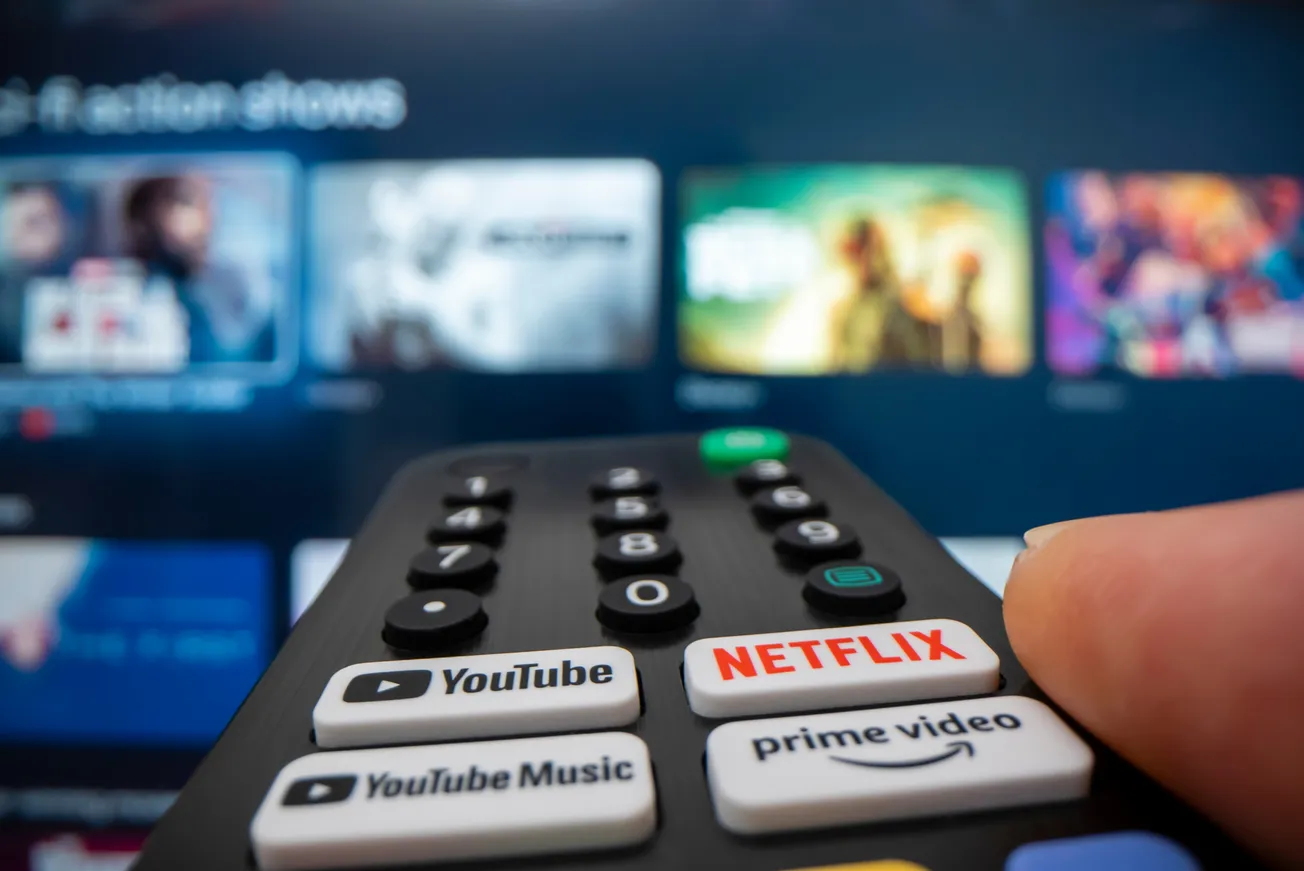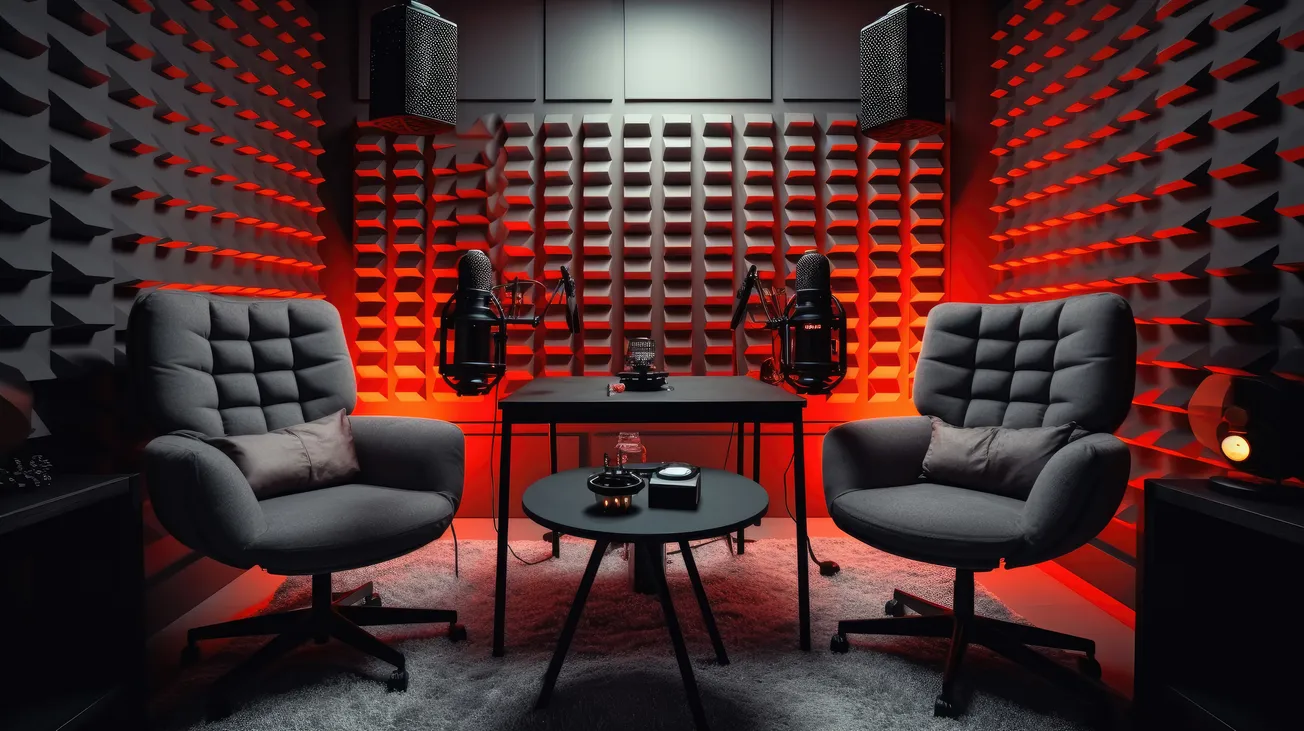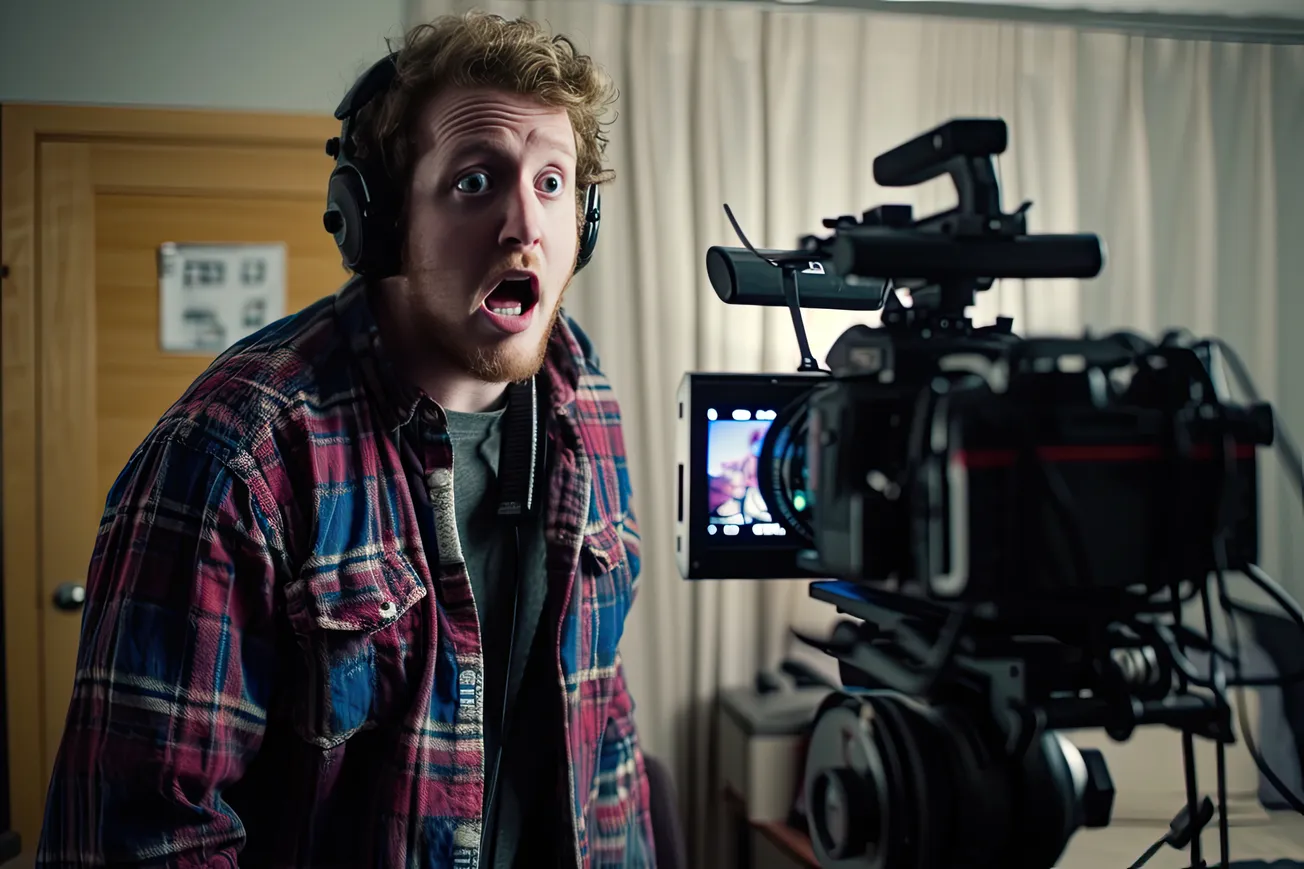Smart TVs are emerging as central platforms for podcast consumption, reshaping how both audio and video podcasts are discovered, played, and experienced in the home.
In recent years, smart TVs have quietly become one of the most influential devices in the evolution of home entertainment—not just for video streaming, but increasingly as a hub for audio content. As consumer preferences shift and technology becomes more integrated.
The Home Audio Revolution, Led by the TV
Smart TVs, which now account for a dominant share of global television sales, have evolved far beyond their original function. With built-in operating systems, voice assistant integration, and compatibility with high-quality sound systems, these devices are at the forefront of a growing trend: using televisions not only as video players but as primary speakers and controllers for household audio.
This change is particularly significant for podcasting, a medium that has traditionally lived on smartphones and computers.
Today, listeners are increasingly tuning into podcasts through their TVs, whether they're watching video versions on YouTube or streaming audio episodes through apps like Spotify, Apple Podcasts, and Amazon Music—all of which are now accessible on most smart TV platforms.
The Visual Turn in Podcasting
The rise of smart TVs coincides with a notable shift in podcasting itself: the rise of video podcasts.
Platforms like YouTube have catalyzed this change, encouraging podcasters to film their recordings and enhance them with visuals.
Smart TVs, with their large displays and theater-like setups, have made it easier for audiences to consume these video podcasts in a more immersive way—transforming passive listening into a full living-room experience.
For creators, this means that producing high-quality video content is no longer optional but increasingly expected.
Shows like "The Joe Rogan Experience" and "Call Her Daddy" have set a new standard for how podcasts can be both seen and heard, blending talk-show aesthetics with the intimacy of traditional podcasting. Smart TVs amplify this experience by providing an environment where video podcasts can be enjoyed in groups or while multitasking around the home.
Audio Podcasts Gain a New Venue
Even traditional audio podcasts are benefiting from the smart TV boom.
With the integration of services like Spotify, Audible, and TuneIn directly into TV ecosystems, listeners can now play audio episodes through their home theater systems without needing to connect a phone or external speaker. This shift is not just about convenience—it's about quality.
With support for surround sound, spatial audio, and advanced speaker synchronization technologies like Samsung’s Q-Symphony or LG’s WOW Orchestra, audio content can now be delivered with clarity and richness previously reserved for movies and music.
This development is particularly relevant as podcast creators experiment with sound design, ambient audio, and narrative formats that reward high-fidelity playback.
Smart TVs, once limited by basic built-in speakers, are increasingly paired with advanced soundbars and wireless speaker systems, offering podcasters a new canvas to engage their audiences.
Changing Listening Habits at Home
The integration of podcasts into smart TV platforms is also changing where and how people listen.
Podcasts have traditionally been associated with mobile, on-the-go contexts—commutes, workouts, and errands. But with smart TVs turning into de facto household audio hubs, podcast listening is migrating into the living room, the kitchen, and shared family spaces.
This shift may influence the kind of content that thrives in the new environment.
Long-form interviews, storytelling, and ambient programming are particularly well-suited for at-home listening, where attention spans may be longer and interruptions fewer.
For podcast networks and advertisers, this opens new opportunities to reach audiences in different contexts—through TV screens, sound systems, and even voice assistants that can queue up episodes on demand.
The Road Ahead for Podcasting and Smart TVs
As the boundaries between audio and video content continue to blur, and as TVs become smarter and more connected, the implications for the podcasting industry are profound.
Smart TVs are not only expanding the ways people access content but also redefining the listening experience itself. For content creators, this means optimizing for both sight and sound. For consumers, it means easier access, higher quality, and more flexibility.
In the coming years, the growth of cross-platform standards like Matter and improved voice control systems could further solidify the role of smart TVs as central nodes in the podcasting ecosystem. Whether through a morning news roundup in the kitchen or a late-night comedy show in the living room, smart TVs are helping turn podcast listening into a shared, high-fidelity, and increasingly visual experience.
As the line between television and audio content fades, one thing becomes clear: the living room is no longer just for watching—it's also for listening. And smart TVs are leading the charge.










